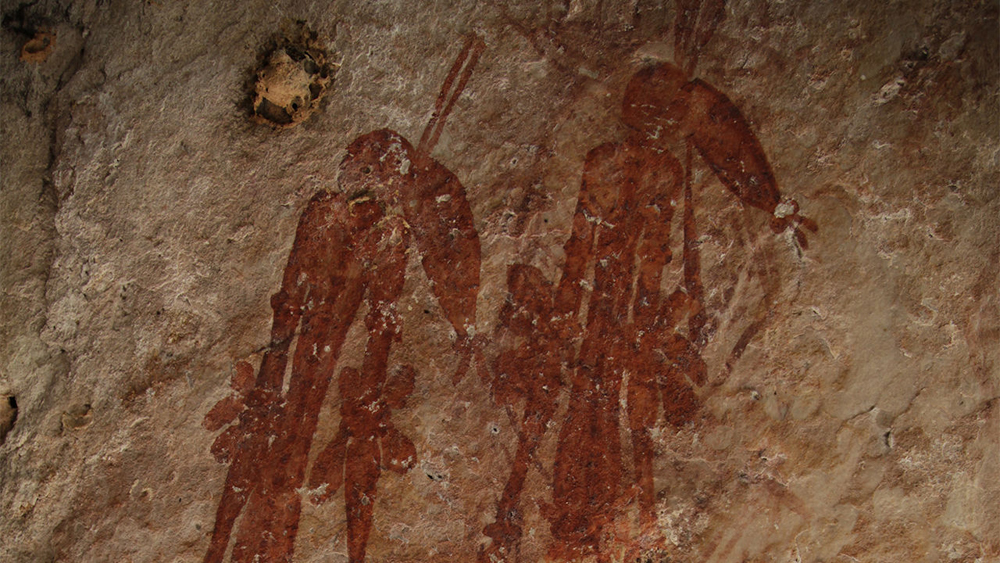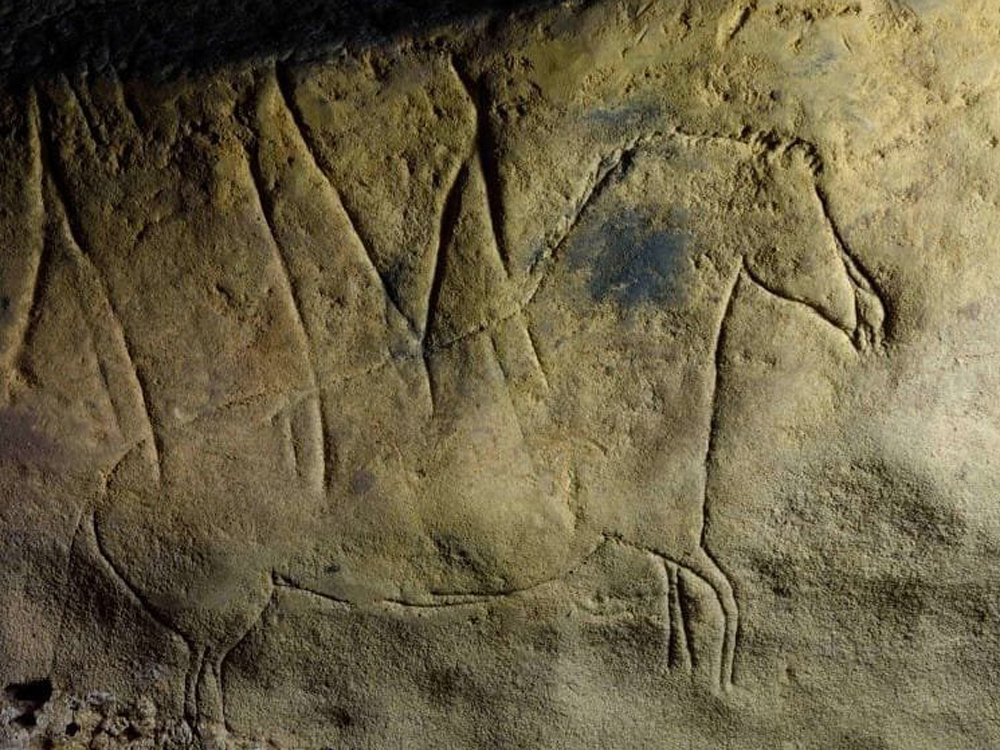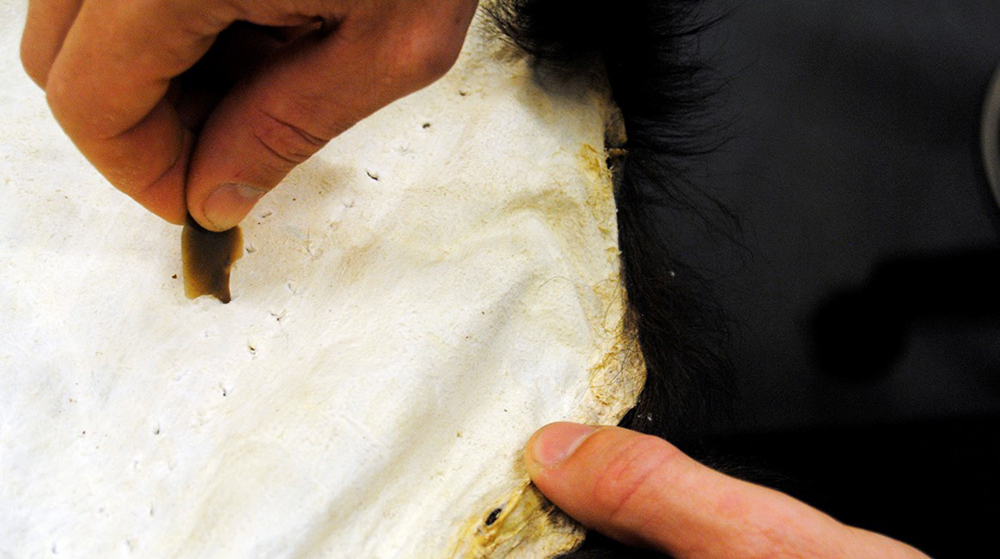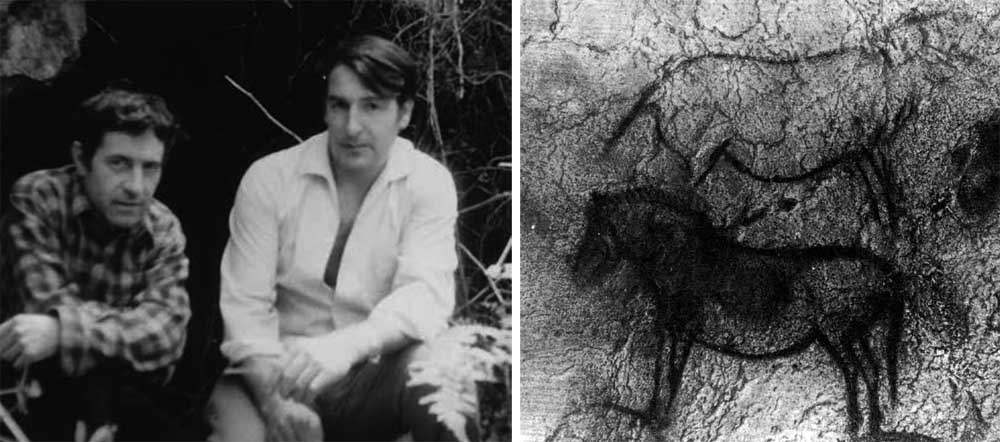Venus was not born in Willendorf
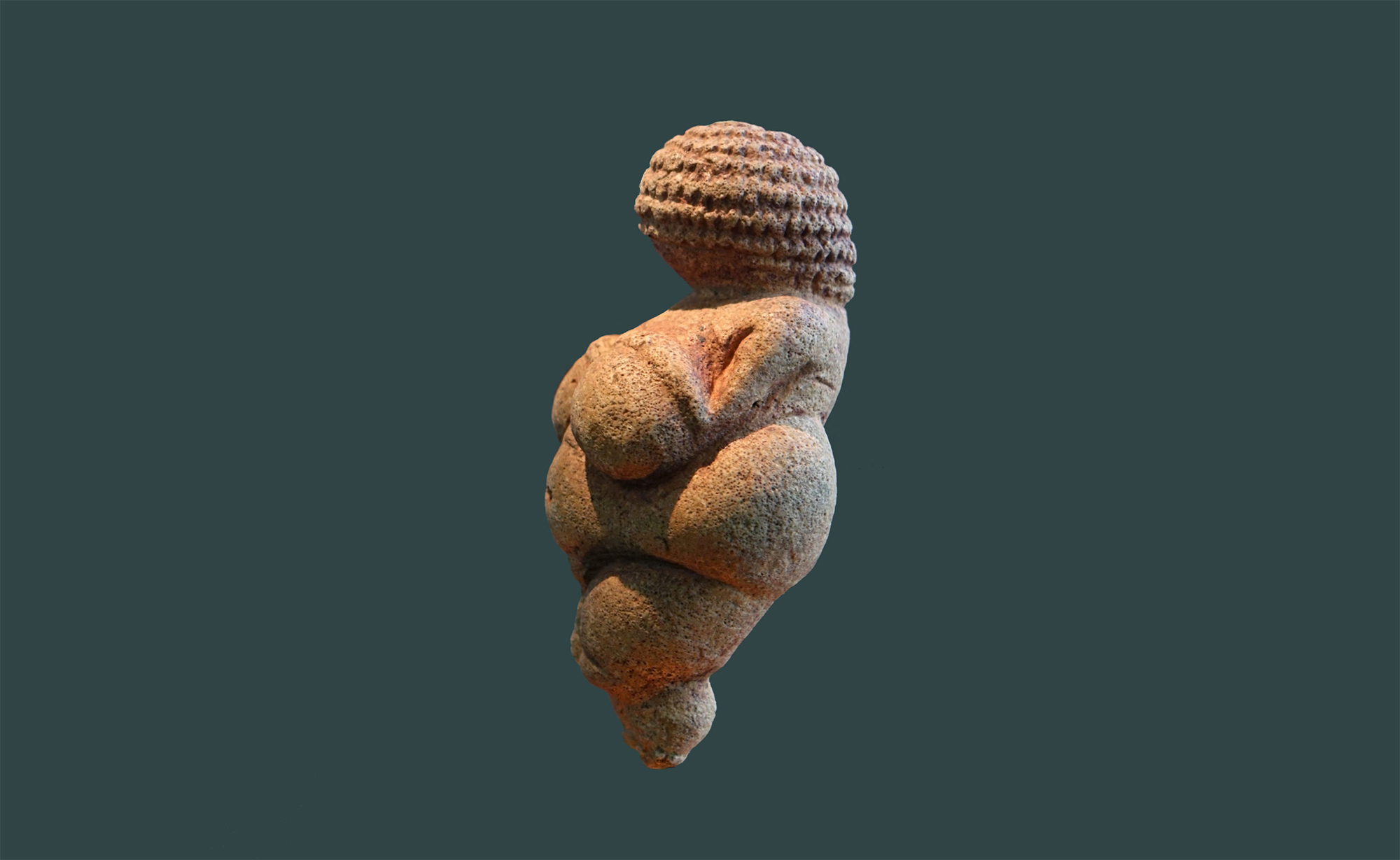
Willendorf (Austria), 1908. At a site in the Wachau Valley, archaeologist Josef Szombathy found a small anthropomorphic statue of a woman about 11 cm, carved in stone and dyed with red ochre.
Since then, it is the best-known venusi of the Paleolithic and has been analyzed from the outside several times. However, very little is known about its origin, the method or meaning with which they did it. Therefore, in the year that has just ended, researchers from the University of Vienna and the Museum of Natural History of the same city have analyzed internally, using an innovative method: computerized microtomography.
The first conclusion of the researchers is that the interior is uneven, that this olite has rocks of different origins and that the sediments are of different sizes and densities. In addition, six larger limonite specimens have been identified that would explain the poison holes in the skin. “The harsh monitors probably exploded while the artist carved the sculptor and apparently took advantage of one of the holes to make the woman’s navel,” according to the researchers. The author made the right decision for this detail and, in general, to select the material. Paleolitic bandages are usually made of bone or ivory, but Willendorf's author used a porous piece of olite, much easier to work.
The author made the right decision for this detail and, in general, to select the material. Paleolitic bandages are usually made of bone or ivory, but Willendorf's author used a porous piece of olite, much easier to work with.
Ukraine or Italy?
The new study has mainly provided information on the origin of the piece. Comparing the grains of the Venus stone with thousands of samples from different origins, they stated that this stone is not the order of Willendorf. Two samples were close to material characteristics during the comparison process. One of these possible origins is eastern Ukraine, about 1,600 km from Willendorf. In southern Russia several venus have been found similar to those of Austria, although more recent, which reinforces this hypothesis.
However, the main hypothesis is the second option: sculpture, or at least materials, originates in northern Italy around Lake Garda. This point is much closer to Austria than to Ukraine, but the Alps had to be overcome. One of the alternatives would be to surround the Alps and reach Austria on the plain of Panonia, a path that other researchers described years ago in simulations.
The shortest path to reach the Willendorfera from Garda is to cross the Alps, but experts believe it would be very difficult to positively overcome the mountains covered 30,000 years ago by glaciers. But there is another shorter path, 730 km, that runs through the valleys of the Adige, Eno and Danube rivers. Most of the vial may be below 1,000 metres in height starting at 35 km. Experts believe that this path would be possible.
Hypothesis that, from their origin, would not have followed the path of the Willendorfera, probably the piece needed several generations to reach the point where it was found. The Gravette humans were constantly seeking the right locations. When the climate changed, the dams were reduced… they went somewhere else, taking advantage in most cases of the flow of rivers.
We still know very little about Willendorf's venus, but we know a little bit more about human mobility 30,000 years ago.
1891n nekazari batek Gwion estiloko hainbat labar pintura aurkitu zituen Kimberlyn (Australia).
Font Major kobazuloa (Tarragona, Katalunia) 1853an aurkitu zuten eta urte asko dira bertan arkeologoak lanean ari direla.
Bizkaiko Aldundiaren esanetan duela 14.000 urteko grabatu multzoak "kalitate tekniko argia" du eta berezia da irudiak "oso argi" ikusten direlako.
Zientzia elkartearen ustez haitzuloan historiaurreko aztarna gehiago aurkitzeko “aukera handiak” daude eta eremu osoa babestu behar da.
Orain artean ezezagunak ziren eta Nafarroan aurkitutako zaharrenak lirateke. Hori dela eta, Aranzadik leize ondoko harrobiko jarduerarekin ez jarraitzea gomendatu du.
SOS Alkerdi, Urdazubiko ondarea babesteko plataformak Berroberria, Alkerdi eta Zelaieta inguruko leize babestuetan gertatzen ari dena ezagutarazi du. Gune horretan dago gaur arte ezagutzen den Nafarroako labar arte paleolitikoaren kokaera bakarra. Haien gainean harrobi bat dago;... [+]
Asteartean aurkeztu zuen Bizkaiko Aldundiak paleolitiko 70 pintura eta grabaturen aurkikuntza. Berriatuako Udalak ez du inolako informazio edo berririk izan orain arte.
1992an Shiyan Beicun herritik hurbil, Txinako Zheijang probintzian, herritar batek Longyouko haitzuloak aurkitu zituen. Urez beterik zeuden eta horregatik naturak sorturiko leize nahiz haitzuloak zirela uste izan zen hasieran, baina urez hustu ondoren gizakiak eraikitakoak... [+]
Zergatik arkeologoak orain arte ez dira ohartu bi bisonte erraldoi begira zituztela? Lekeitioko kobazuloaren hormetan aurkituko margolanen xehetasun eta irudi gehiago dakarzkigu hona.













